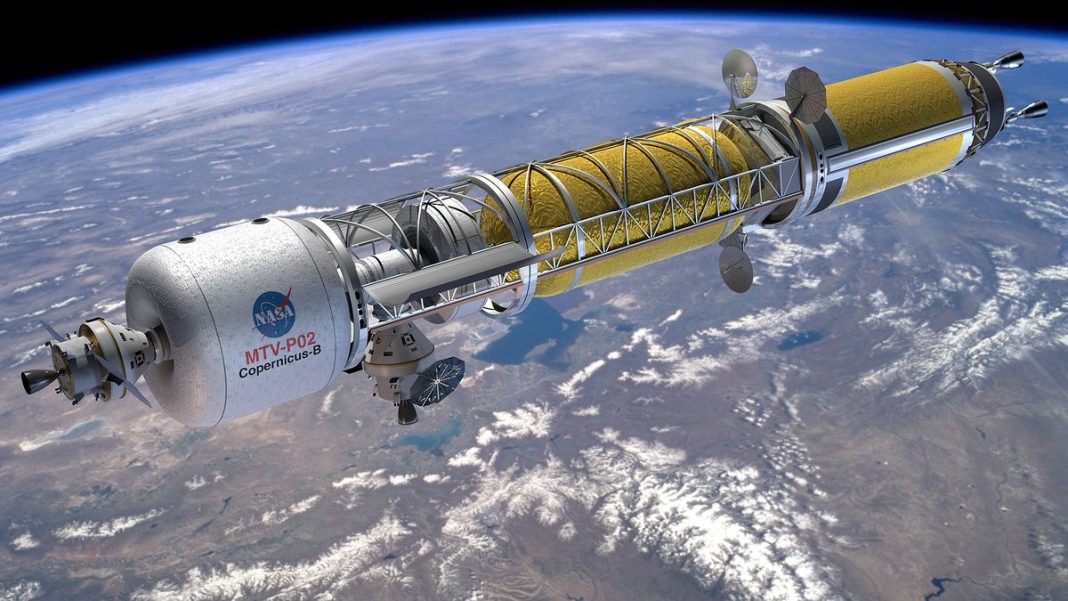The dream of reaching beyond our solar system has always been limited by one fundamental factor — propulsion. For decades, traditional rocket fuels have powered humanity’s journeys into orbit and beyond, but their efficiency and power are not enough for deep space exploration. That’s why scientists and engineers are now working on the next generation of rocket fuels and propulsion systems, using breakthroughs in chemistry and material science to push the boundaries of what’s possible.
Modern rocketry relies primarily on liquid hydrogen and liquid oxygen as propellants. These combinations have fueled rockets like NASA’s Saturn V and the Space Launch System, but they come with limitations — extremely low storage temperatures, massive fuel requirements, and limited energy density. To go farther and faster, engineers are turning to advanced propulsion technologies that can deliver higher performance while reducing cost and environmental impact.
One of the most promising areas is nuclear thermal propulsion (NTP). This technology uses a small nuclear reactor to heat liquid hydrogen to extremely high temperatures before expelling it through a nozzle to generate thrust. The result is a propulsion system that’s twice as efficient as traditional chemical rockets. NASA and DARPA are both actively developing NTP systems that could cut the journey to Mars nearly in half, turning multi-year missions into months-long expeditions.
Meanwhile, electric propulsion systems are also becoming crucial for space travel. Unlike chemical engines that burn fuel explosively, electric propulsion uses charged particles — ions — accelerated by electric or magnetic fields. The most common form, ion thrusters, have already powered spacecraft like NASA’s Dawn mission and are expected to play a major role in long-duration voyages. These systems produce less thrust but can operate continuously for years, making them ideal for deep space exploration.
At the cutting edge of propulsion research, scientists are exploring plasma engines and magnetoplasmadynamic (MPD) thrusters. These systems harness superheated plasma — a state of matter consisting of charged ions and electrons — to generate propulsion at extreme speeds. The ability to control plasma with electromagnetic fields could lead to unprecedented propulsion efficiency, potentially cutting travel times to the outer planets and even interstellar destinations.
In terms of fuel chemistry, innovation is booming. Green propellants are replacing toxic fuels like hydrazine, which has been widely used despite its hazardous nature. The U.S. Air Force and NASA’s Green Propellant Infusion Mission (GPIM) tested hydroxylammonium nitrate (HAN)-based propellants that are safer to handle, more stable, and deliver higher performance. These eco-friendly fuels could become the new standard for both commercial and governmental space missions.
Another breakthrough lies in metallic hydrogen, a theoretical material predicted to be the most powerful rocket fuel ever conceived. Scientists believe that if metallic hydrogen can be created and stabilized, it could produce energy densities far beyond any chemical propellant, revolutionizing deep space travel. While still experimental, research continues at high-pressure laboratories worldwide to make this dream a reality.
Additive manufacturing (3D printing) is also changing how engines are built. With the ability to print complex components using advanced alloys, engineers can design lighter, stronger, and more efficient propulsion systems. Companies like SpaceX, Relativity Space, and Rocket Lab are already leveraging 3D printing to cut production costs and accelerate innovation cycles.
The future of propulsion will likely combine multiple technologies — chemical, electric, and nuclear — depending on mission goals. Short, powerful bursts for liftoff could come from chemical rockets, while long, sustained thrust through space could rely on electric or nuclear systems. This hybrid approach could mark the next great leap in human exploration, enabling astronauts to reach Mars, the moons of Jupiter, and perhaps one day, other star systems.
With every discovery, the line between imagination and possibility grows thinner. Advances in chemistry, physics, and materials are paving the way for spacecraft that can go farther, faster, and safer than ever before. The next generation of rocket propulsion isn’t just about reaching new destinations — it’s about redefining how humanity explores the cosmos.

